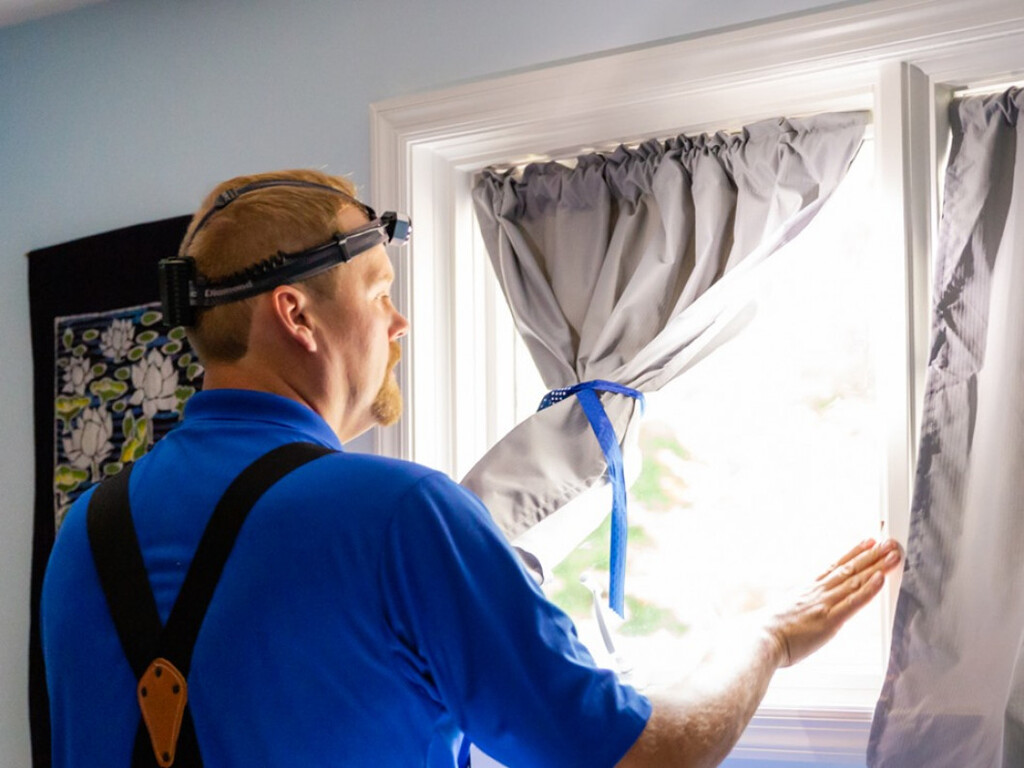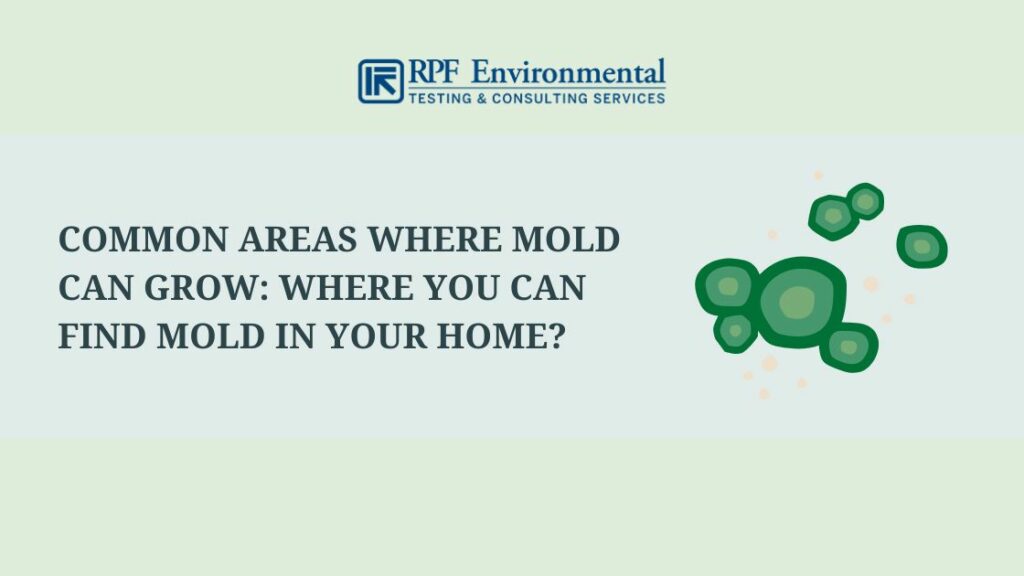Ensuring Compliance With Regulations: the Function of Mycotoxin Checking in High Quality Control
Guaranteeing compliance with stringent guidelines is critical for maintaining food safety and security, and the function of mycotoxin testing in quality assurance can not be overemphasized. Mycotoxins, hazardous substances created by certain mold and mildews, posture substantial health and wellness dangers, making their discovery vital in food manufacturing. Adherence to governing requirements, such as those established by the FDA and EU, needs durable testing approaches and innovations to determine and evaluate these pollutants. By implementing thorough testing procedures, business can protect against possible health and wellness situations, avoid expensive recalls, and preserve consumer count on. Nonetheless, the intricacies of these screening procedures raise vital questions about their effectiveness and efficiency.
Understanding Mycotoxins
Recognizing mycotoxins is fundamental to making sure the quality and security of farming items. Mycotoxins are poisonous secondary metabolites created by certain species of fungi, commonly found in foods such as grains, flavors, and nuts. These substances can arise at numerous phases of the food production process, from pre-harvest to storage, and posture significant health threats to both animals and human beings (Mycotoxin testing Services). One of the most well-known mycotoxins include aflatoxins, ochratoxins, fumonisins, and trichothecenes, each associated with particular fungal varieties and environmental conditions.
The presence of mycotoxins in food products can lead to severe and chronic wellness issues, including liver damages, immune suppression, and carcinogenic results. As a result, their discovery and quantification are essential parts of quality assurance in agricultural and food industries. The intricacy of mycotoxin contamination requires a diverse approach, employing innovative analytical strategies such as fluid chromatography, mass spectrometry, and enzyme-linked immunosorbent assays (ELISA) By comprehending the resources, kinds, and effects of mycotoxins, stakeholders in the agricultural sector can better implement preventative procedures and minimize risks, ensuring more secure consumption for end-users. This understanding forms the bedrock whereupon reliable mycotoxin management practices are built.
Regulatory Standards for Mycotoxins
Having established a foundational understanding of mycotoxins and their effect on food safety and security, it is crucial to assess the regulative requirements regulating their presence in agricultural products. Regulatory standards for mycotoxins are essential since they specify permitted restrictions, ensuring food safety and securing public health and wellness. Numerous global and national companies have actually set these limitations based upon comprehensive danger analyses.
The Codex Alimentarius Compensation, a worldwide body developed by the FAO and that, provides guidelines and optimum permitted degrees for different mycotoxins in food and feed. The Codex has actually established limitations for aflatoxins in peanuts, maize, and dried figs, among other commodities. These criteria are usually adopted or adjusted by individual countries to fit their certain requirements.
In the European Union, Guideline (EC) No 1881/2006 states maximum levels for a number of mycotoxins, such as aflatoxins, ochratoxin A, and deoxynivalenol, in various food. The U.S. Food and Drug Management (FDA) has actually developed activity levels for mycotoxins like aflatoxins in products such as nuts and grains.
Adherence to these regulative standards is essential for maintaining market access, consumer count on, and public health. Non-compliance can see this result in substantial economic losses and wellness threats, emphasizing the significance of rigid mycotoxin testing methods.
Testing Methods and Technologies

ELISA is commonly valued for its cost-effective and quick screening abilities, making it suitable for high-throughput environments. It counts on antibodies to detect certain mycotoxins, supplying cause a relatively brief time frame. Its level of sensitivity might be limited contrasted to much more advanced strategies.
HPLC, on the various other hand, masters providing measurable analysis with high precision and precision. It divides complex blends into individual parts, making it very reliable for identifying and quantifying numerous mycotoxins at the same time - Mycotoxin testing Services. This strategy, while much more resource-intensive and lengthy than ELISA, uses a greater degree of reliability

LC-MS stands for the peak of logical uniqueness and level of sensitivity. Integrating the splitting up power of fluid chromatography with the detection abilities of mass spectrometry, LC-MS can discover even trace levels of mycotoxins. This approach is essential for confirming the visibility of mycotoxins in regulative and forensic contexts, ensuring compliance with rigid safety criteria.
Executing Checking Methods

Including these advanced testing methods right into a thorough quality assurance structure necessitates a well-structured method to carrying out testing methods. To achieve this, organizations should first perform a comprehensive threat evaluation to identify prospective mycotoxin contamination points within the supply chain. This assessment informs the growth of a customized testing approach that resolves details susceptabilities.
Following, establishing standardized sampling treatments is important. Consistent sampling makes certain that test outcomes are reputable and agent of the entire set (Mycotoxin testing Services). Complying with guidelines from regulative bodies, such as the FDA or EFSA, helps keep compliance and improves the credibility of the testing procedure
Training personnel is another crucial component. Team should excel in both example collection and the operation of screening tools. Normal training sessions and qualification programs can make certain that employee stay upgraded with the current techniques and regulatory modifications.
Advantages of Mycotoxin Testing
Mycotoxin screening offers numerous advantages that dramatically improve the security and top quality of food and feed items. Largely, it functions as an important control procedure why not try these out to stop infected items from reaching the consumer market, thereby safeguarding public health. By recognizing and quantifying Check This Out mycotoxins such as fumonisins, aflatoxins, and ochratoxins, manufacturers can guarantee that their items fulfill rigorous governing standards, hence preventing potential lawful repercussions and linked expenses.
Additionally, mycotoxin testing adds to the economic viability of food and feed industries by minimizing the danger of large product recalls. The ability to isolate and discover polluted sets early in the manufacturing process decreases waste and prevents the monetary losses related to damaged brand reputation. In addition, it cultivates consumer trust and commitment, as consumers are progressively knowledgeable about food safety concerns and need better criteria.
The implementation of routine mycotoxin testing additionally advertises ideal methods within agricultural and production fields. By adhering to extensive testing procedures, companies can maximize their quality assurance procedures, improve functional efficiency, and guarantee the regular production of secure, high-quality items. To conclude, the benefits of mycotoxin screening are diverse, adding to public health and wellness, economic stability, and sector stability.
Verdict
Mycotoxin screening is critical in ensuring conformity with regulatory standards, consequently keeping food security and quality control. By methodically finding dangerous mycotoxins, this technique assists minimize health and wellness threats, protect against lawful consequences, and avoid monetary losses associated with item remembers. Applying robust testing protocols promotes customer trust and confidence in food safety practices, eventually supporting the integrity and credibility of food services. Thus, mycotoxin testing stays an indispensable component of modern food safety and security administration systems.
Ensuring compliance with strict regulations is vital for keeping food safety, and the function of mycotoxin testing in quality control can not be overemphasized.In the world of mycotoxin screening, advanced modern technologies and techniques are essential in guaranteeing food safety and security and regulatory compliance.Mycotoxin testing provides various benefits that significantly enhance the safety and quality of food and feed products.Mycotoxin screening is essential in ensuring conformity with governing standards, consequently keeping food safety and security and high quality control. Therefore, mycotoxin testing continues to be a crucial part of contemporary food security management systems.